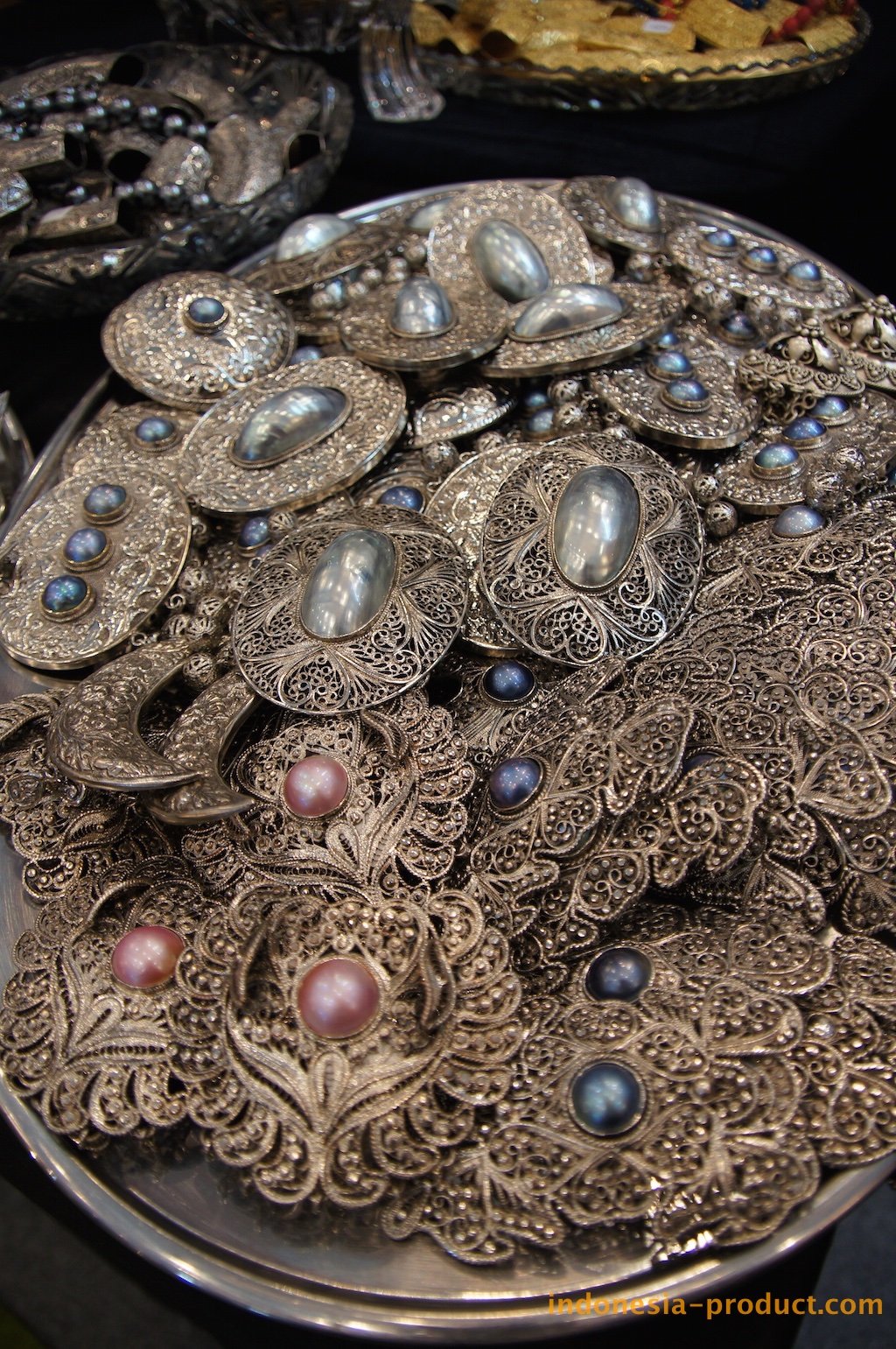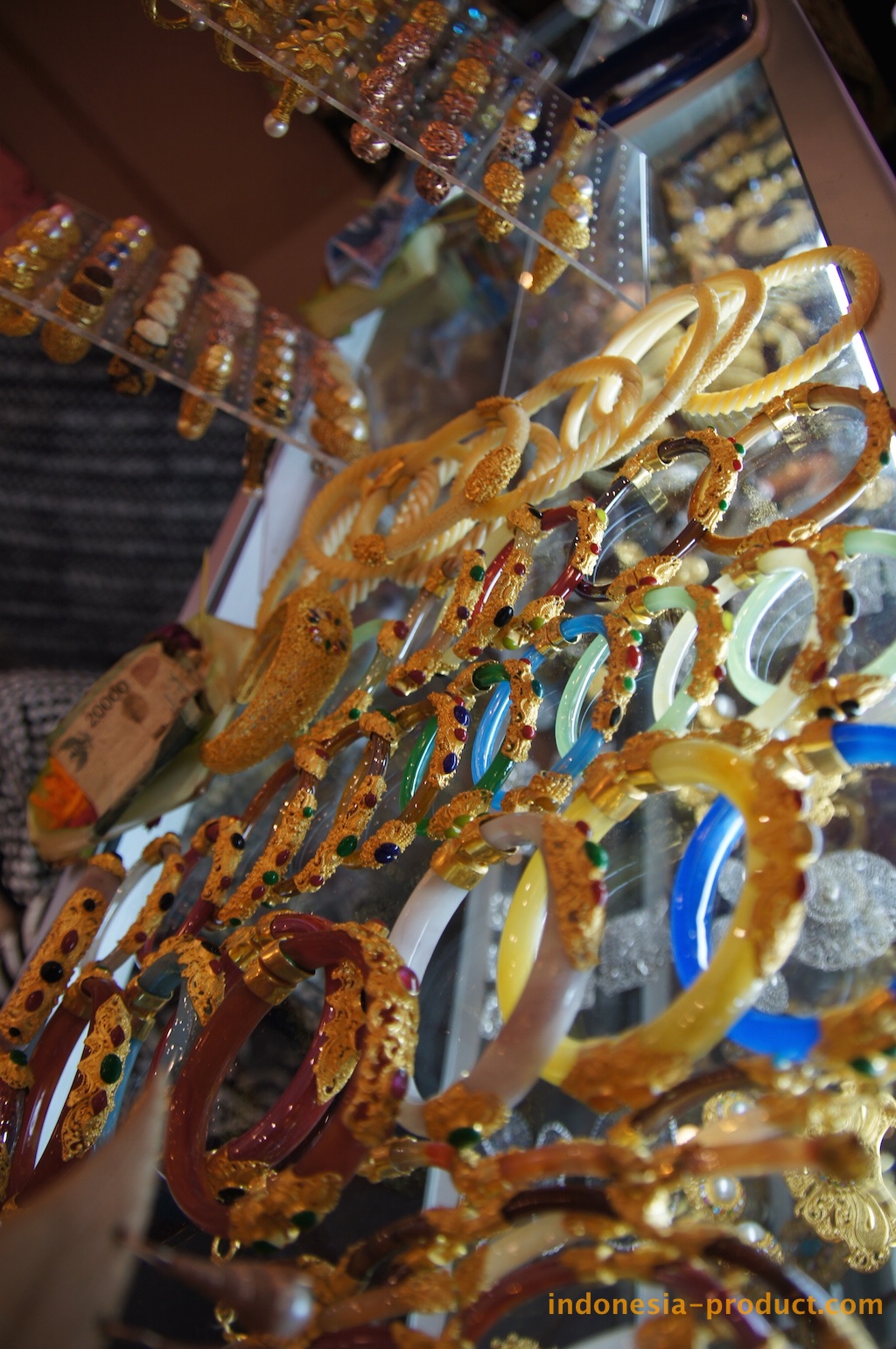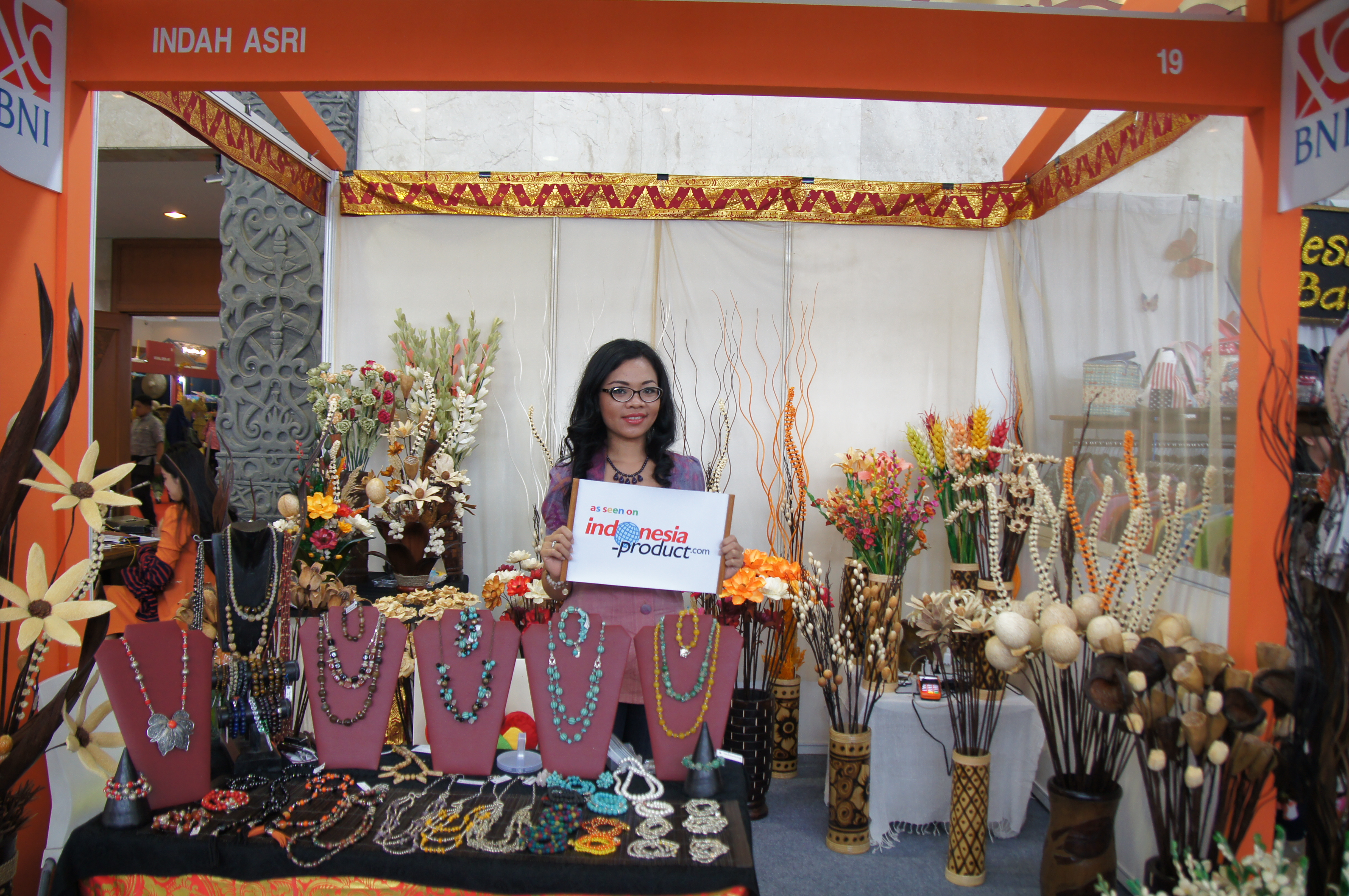Green Lake Jewelry figures out how to compete against online retailers
San Jose Business Journal, CA
Jim Tuttle once had customers who wanted to express the full richness of the story of their love, how they felt as if they were adrift until they caught hold of each other, how they were each other’s compass in the stormy seas of life. They wanted an intricate mosaic with entwined fishhooks, compasses, and ship’s wheels.
The trick was they wanted to capture all of that on their wedding bands.
Tuttle, founder of Green Lake Jewelry Works, made it happen. Green Lake Jewelry’s hand-crafted, custom designs have helped the company thrive in a bridal jewelry market that is big — estimates range from $7 billion to $10 billion in the United States — but has grown increasingly competitive with the rise of online jewelry merchants.
“Our tag line is ‘artists at work’ — you’re working with real artists who make interesting things,” Tuttle said. “We have no desire to make the same rings over and over.”
About three-quarters of the company’s sales come from custom jewelry, primarily wedding and engagement rings, Tuttle said. Diamond sales make up another 15 percent, and other gemstones are the remaining 10 percent.
When customers walk into Green Lake Jewelry, they enter a place that’s half retail store and half active craftsmen’s shop. Customers collaborate with designers to create a ring. Tuttle said customers sometimes bring in pictures of other rings or patterns they’ve sketched, or they might want to incorporate their heritage through Celtic knots or tribal motifs. Some opt for unique images: One ring included a lion and a dragon with their necks entwined, each creature holding a gemstone in its mouth.
Designers might sketch an image of a ring on paper or model it on a computer. The process then moves to the craftsmen. Customers can watch as artists, many wearing magnifying eyewear, labor over intricately detailed jewelry, from making a brightly colored wax model to the final polishing of a finished piece. It’s a bit like stepping into a goldsmith’s shop from the past, except with precision equipment, computers and stuffed animals.
The concept has proved popular enough that the business has grown rapidly in the 10 years since Tuttle established it. With a little more than $3 million in revenues this year, Green Lake Jewelry has grown as fast as 45 percent in one year, Tuttle said, and even in the years of slowest growth, revenue has increased by about 17 percent or 18 percent.
The business, which now employs 37, will soon move to a new space near the Northgate area that’s more than double the size of the existing shop, and launch a new line of jewelry that is customized instead of fully custom-made. Tuttle said the new line will both bring in new revenue and allow him to train apprentice artists on simpler jobs.
The business model seems to appeal to Northwest sensibilities. Tuttle said his customers include people who like the idea of working with and supporting artists, and people who are looking for something unique.
Tuttle also sells Canadian-branded diamonds, which appeal to customers concerned about buying “blood diamonds” or “conflict diamonds,” which are mined in war zones and sold secretly to bankroll insurgent armies. Tuttle said customers also appreciate Canada’s labor and environmental protection laws.
Green Lake Jewelry has also been able to expand its appeal beyond the shop itself. The store has a detailed Web site with a gallery of hundreds of jewelry photos taken by a full-time staff photographer. On the site, customers can also work with designers as they would in the store. Several thousand customers have their own design pages, which work like two-way blogs, where customers and staff can exchange ideas and see pictures of the jewelry in process.
The growth of the Internet has had its downside for Green Lake Jewelry and many other jewelry retailers.
Tuttle said the biggest change he’s seen in the industry in the past decade has been the rise of online competition, which has made the diamond business much less profitable. Retailers can’t mark up diamonds as much as they could in the past. As a result, he said, local jewelers can’t afford to provide services such as cleaning or repairs for free, as they once did.
Washington jewelry stores face a particular challenge because some customers avoid the state’s high retail sales tax by ordering from some online jewelry sites that don’t charge the state sales tax. That’s one reason major jewelry stores and other retailers in Washington state have been pressing state legislators to join a multistate system that could lead to sales tax being collected on all online purchases.
However, Green Lake Jewelry’s focus on custom work has helped protect the business from online competition.
Tuttle didn’t have a crystal ball that let him peer into the future and create a business model that would survive the rise of Internet jewelry merchants.
He had, instead, a two-carat diamond. Long before Green Lake Jewelry, Tuttle did wholesale jewelry work in Atlanta. During one particular job, he made a diamond ring that the customers hated, because a salesperson made all the decisions for them. But when Tuttle got together with the customers, they talked about exactly what they wanted, and he redid the job and made a much better piece.
“At that point, I said I’d much rather meet with them directly,” he said.
When Tuttle met his wife, Jytte, the two decided to move from Atlanta to Seattle. Initially he planned to get out of the jewelry business. He sold his shop and all his equipment except for a few smaller tools that had sentimental value.
But after taking a few months off, he decided he wanted to try a different kind of jewelry shop.
“I set it up to give me a good place to work and give me a good job,” he said.
It wasn’t cheap. By the time Tuttle launched Green Lake Jewelry in late 1996, the couple had about $5,000 left over. During that first year, Tuttle did wholesale work on the side for other retailers to survive.
“I have put in 90- and 95-hour work weeks about 50 times in my life,” he said. “But it was worth it — I don’t have to work like that anymore.”
Today, Tuttle’s family works with him. His wife is the treasurer of the business, in addition to taking care of their 21?2-year-old twin boys. His daughter Krista is the production manager, and his younger daughter Melissa works in design, sales and customer service as well as training employees on everything other than jewelry making.
Tuttle plans to take things a little slower in the future, but not to stop entirely.
“I don’t plan to retire, I plan to take sabbaticals instead,” he said.
“Why retire when I’d be leaving what I love to do?”





